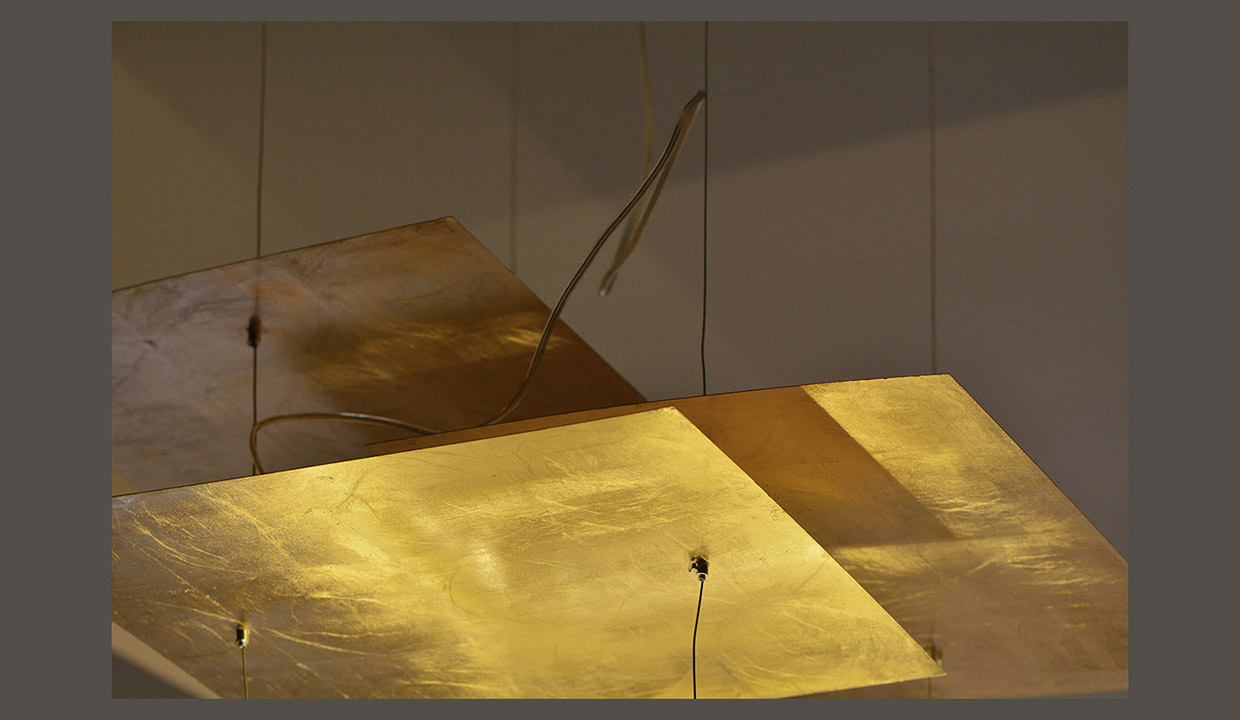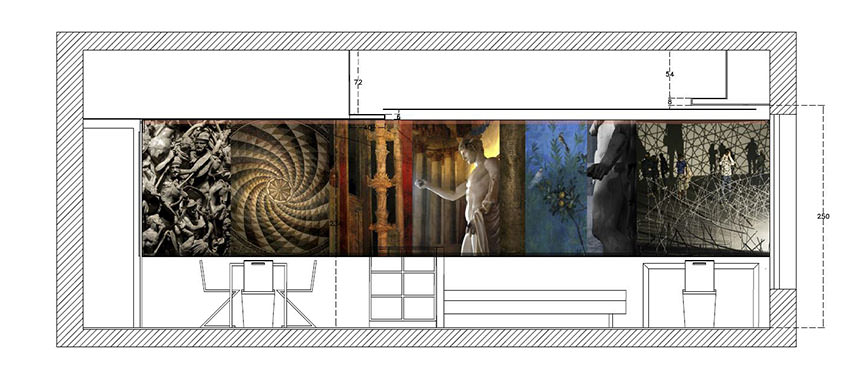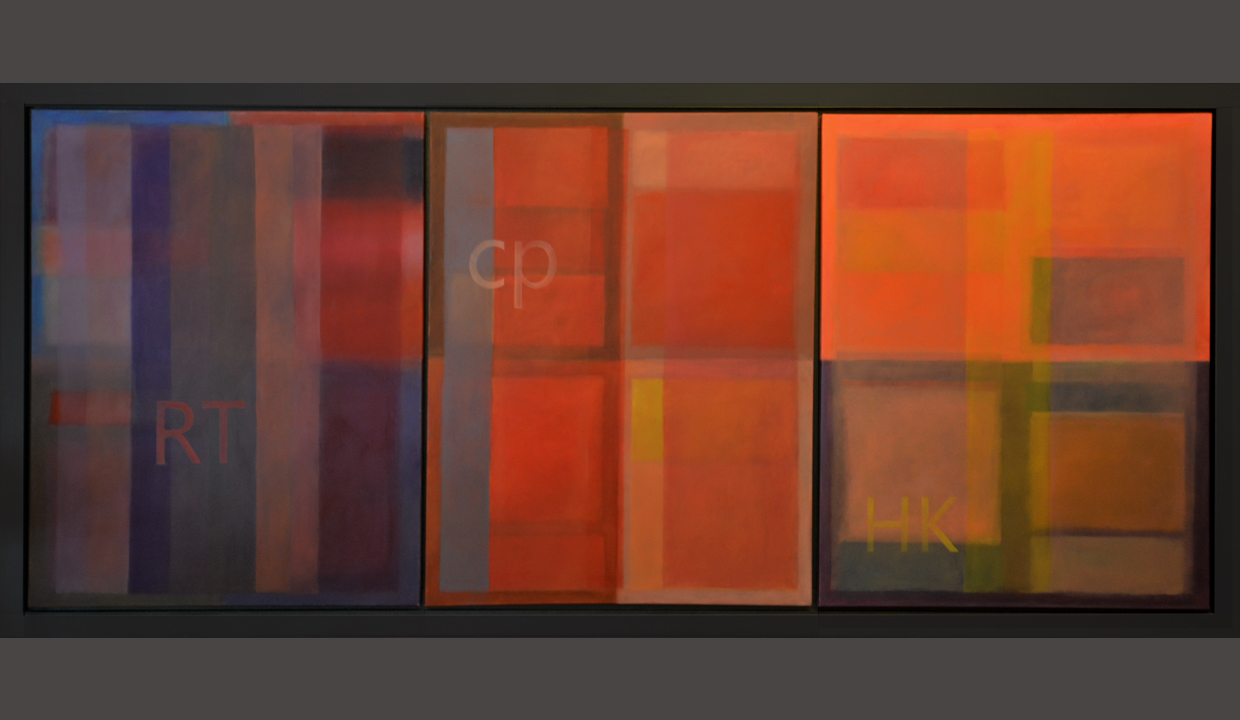This project, carried out in the historic centre of Manciano in Tuscany (Italy), not only called or a structural consolidation and restoration, but also a new design proposal which, by means of a structural intervention, would create a terrace from a portion of the pitched roof. As the municipal regulations stipulated no increase in volume, my proposal to the council was simply for a partial “cut” in the roof which would not involve any increase in volume (stairs and dormer windows) nor a change of the original construction materials. The solution I proposed, and which was subsequently accepted, created a double internal facade but which hid the external stairs that led to the terrace. In this way a new concrete structure was integrated into the old masonry building but without being noticeable since it was covered in old bricks which had been reclaimed from the same building and carefully stored in advance. The roof itself, although integrated with the new terrace, was completely restored. The wooden beams were carefully numbered before being then reassembled in their original position. The entire building was then finished off by restoring all the original facades and interiors through the removal of all the plasterwork dating from the 1960s and exposing the external stonework and the vaulted ceiling made of iron and brickwork.
Un progetto in cui consolidamento strutturale e nuova progettazione si integrano nel restauro di un vecchio edificio.
Questo progetto, realizzato nel centro storico di Manciano in Toscana (Italia), richiedeva un consolidamento strutturale di restauro, ma anche una nuova progettazione che, intervenendo pure strutturalmente, potesse dare accesso ad una terrazza ricavata in una porzione del tetto a falde. Poiché il regolamento comunale imponeva la conservazione dei volumi, ho chiesto alla pubblica amministrazione di esaminare un mio progetto che si limitava esteriormente ad effettuare solo un ‘taglio’ parziale del tetto senza però aggiungere volumi (scale o abbaini) né cambiare i materiali originali. La soluzione che proponevo, poi approvata, creava una doppia facciata interna che nascondeva all’esterno la scala di accesso alla terrazza. Si integrava, così una nuova struttura in cemento armato che interagiva con il consolidamento della vecchia struttura in muratura ordinaria ma non si mostrava perché interamente veniva rivestita di mattoni di cotto vecchi, recuperati nello stesso edificio e conservati preventivamente. Lo stesso tetto, anche se integrato con la nuova terrazza, prima di un opportuno consolidamento delle travi è stato smontato numerando gli elementi che poi sarebbero stati rimontati nella stessa posizione. Per finire l’intero edificio è stato riportato all’aspetto originale nelle facciate e negli interni eliminando gli intonaci aggiunti negli anni 60 e riportando alla luce i rivestimenti di pietra esterni e i solai ad arco in ‘voltine’ di ferro e laterizi.








Dear Arch. they are real suggestive solutions and good luck for your new “life” in Antwerp. About internet site it’s clean and well done easy to access in the different area. I well noted also your paintings, that i appreciated, Hope We can develop some business together.
Exposing the external stonework was a brilliant idea. It really puts the building in the right historical context. Love the restoration of the barrel vaulted ceiling too.